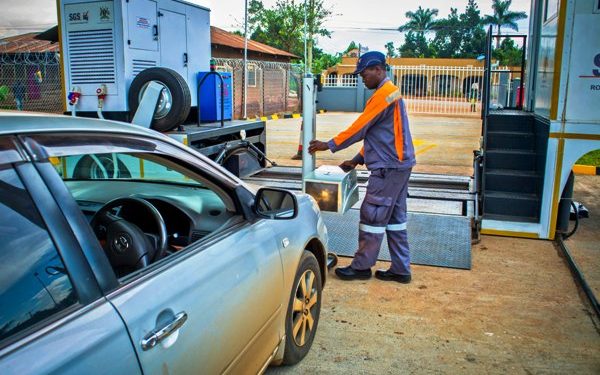In a major step toward improving road safety and enforcing vehicle compliance standards, the Ministry of Works and Transport has officially kicked off the implementation of automated mandatory vehicle inspections starting with the government fleet.
The new initiative, part of a phased rollout, marks a fresh attempt to regulate roadworthiness in Uganda using technology-driven systems. The Ministry confirmed the pilot phase would begin with state-owned vehicles before extending to the general public and commercial operators.
“We have officially initiated steps toward implementing automated vehicle inspections; this exercise will commence with the government fleet of vehicles,” the Ministry announced.
The launch follows an intensive stakeholder engagement session held Wednesday in Kampala.
Key transport sector players including the Uganda Bus Owners Association (UBOA), Uganda Taxi Operators Federation (UTOF – Kampala), the Boda-Boda Association, and the Regional Lorry Drivers and Transporters Association attended the meeting to discuss the rollout strategy.
“A successful stakeholder engagement meeting was recently held, bringing together key representatives,” the Ministry noted.
The engagement featured a detailed presentation on the objectives and anticipated benefits of the inspection system. Participants offered feedback and raised concerns, which the Ministry says will guide the implementation process.
This isn’t Uganda’s first foray into mandatory vehicle inspections. In 2016, a similar program was awarded to Swiss firm Société Générale de Surveillance (SGS), but it collapsed following widespread public backlash.
Motorists criticized the high inspection fees, limited testing centers, and lack of sensitization. Parliament suspended the exercise in 2019, and the government eventually cancelled the SGS contract in 2021, citing poor coordination and low public trust.
This time, the Ministry is banking on a phased and consultative approach to avoid repeating past mistakes.
“The session featured a detailed presentation outlining the objectives and benefits of the inspection program, with open dialogue and valuable feedback from stakeholders,” the statement added.
Unlike the previous program, the current inspection system is built around automation.
Authorities say it will eliminate manual errors, reduce corruption, and offer precise diagnostics on vehicle condition. The program also aligns with regional road safety protocols and environmental standards.
With over 4,300 road fatalities recorded in 2024—many linked to mechanical failures—the Ministry says the inspection system is a matter of public health and road safety.
“This marks a significant step in enhancing road safety and ensuring vehicle compliance through automated inspection technology,” the statement read.
Among the key benefits outlined are enhanced transparency, consistency in vehicle assessments, and improved regulation of Uganda’s fast-growing vehicle population. Once fully rolled out, the system will cover all classes of vehicles, including public service, commercial, and private vehicles.
“We appreciate the valuable feedback from stakeholders and are committed to continued dialogue as we roll out this vital programme,” the Ministry concluded.
The Ministry pledged to maintain close collaboration with transport associations and emphasized that further updates—including the full national rollout schedule and supporting legal framework—will be communicated after the pilot phase is evaluated.
This initiative forms part of Uganda’s broader strategy to modernize its road transport sector and drastically reduce accident-related deaths on the country’s highways.





















